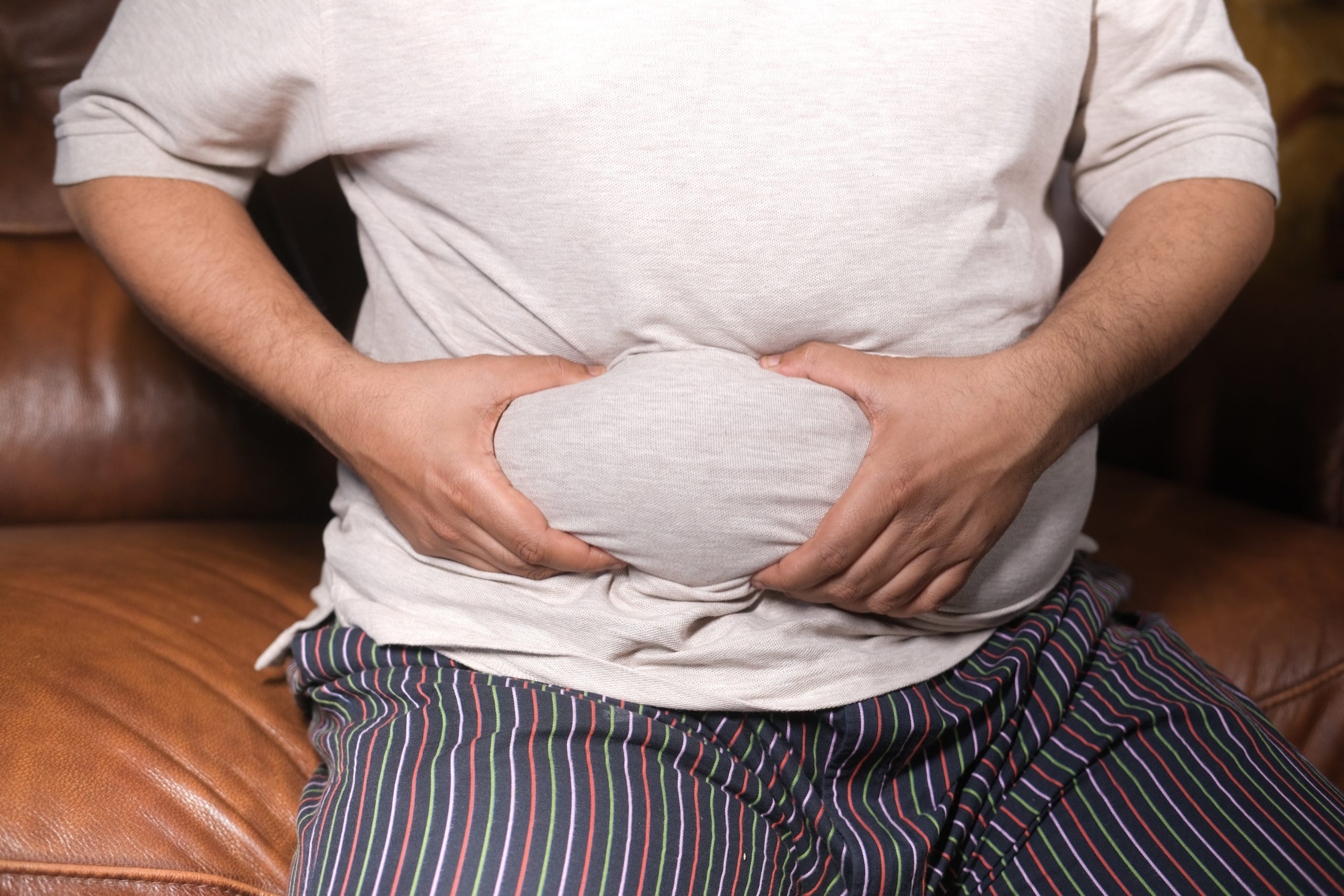There is a common misconception in the fitness world that you can turn fat into muscle. However, this is not entirely true. While it is possible to lose fat and gain muscle simultaneously, you cannot actually convert one substance into the other.
Here’s why: Fat and muscle are two different types of tissue with different functions and structures. Fat tissue is used for energy storage and insulation, while muscle tissue is used for movement and support. Fat cells and muscle cells are also different in terms of their structure and function. Fat cells are primarily used for energy storage and are not very metabolically active, while muscle cells are highly metabolically active and are used for movement and support.
When you lose fat, you are not actually converting it into muscle. Instead, you are burning off the stored fat in your body for energy. This process can be achieved through a combination of diet and exercise. Consuming a calorie-controlled diet that is rich in protein, healthy fats, and complex carbohydrates, while also engaging in regular physical activity such as strength training and cardiovascular exercise, can help you lose fat and build muscle simultaneously.
On the other hand, when you gain muscle, you are not actually converting it from fat. Instead, you are stimulating muscle growth through resistance training and providing your body with the necessary nutrients to support muscle growth, such as protein and carbohydrates.
While you cannot turn fat into muscle, there are several benefits to losing fat and gaining muscle simultaneously. For one, it can improve overall body composition, as muscle is more dense than fat tissue. This means that, even if you don’t lose a lot of weight on the scale, you can still look leaner and more toned. Additionally, building muscle can increase your metabolic rate, which means you burn more calories at rest. This can make it easier to maintain weight loss and prevent weight regain over time.
So, while you cannot turn fat into muscle, you can achieve both fat loss and muscle gain through a combination of diet and exercise. Here are some tips for achieving this:
- Focus on a calorie-controlled diet: In order to lose fat and gain muscle, it’s important to consume a diet that is balanced and calorie-controlled. This means eating a diet that is rich in protein, healthy fats, and complex carbohydrates, while also avoiding processed foods and sugary drinks.
- Engage in regular physical activity: In addition to diet, regular physical activity is essential for losing fat and building muscle. Aim to engage in strength training exercises at least two to three times per week, and include cardiovascular exercise in your routine as well.
- Monitor your progress: Keep track of your progress by measuring your body composition using methods such as body fat percentage or waist circumference. This can help you see changes in your body composition even if you don’t see significant changes on the scale.
- Be patient and consistent: Losing fat and building muscle takes time and consistency. Be patient with yourself and stick to your diet andexercise routine even if you don’tsee immediate results.
- Incorporate recovery time:Recovery time is essential for building muscle and preventing injury. Make sure to include rest days in your exercise routine and get adequate sleep to allow your body to recover and repair.
- Work with a professional: If you’re new to exercise or unsure how to achieve your goals, consider working with apersonal trainer or registered dietitian. They can provide guidance and support to help you achieve your goals safely and effectively.
You cannot turn fat into muscle, as these are two different types of tissue with different functions and structures. However, you can achieve both fat loss and muscle gain through a combination of diet and exercise. By consuming a balanced, calorie-controlled diet and engaging in regular physical activity, you can lose fat and build muscle simultaneously, improving your overall body composition and promoting better health and fitness.
Image: https://www.pexels.com

